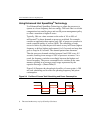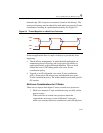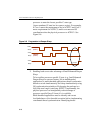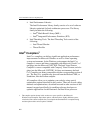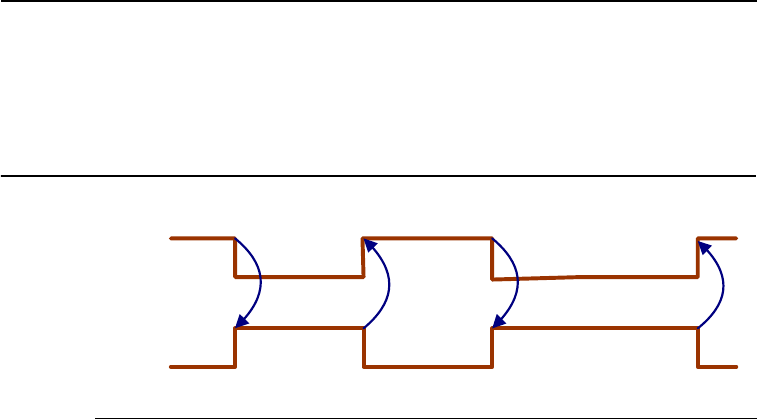
Power Optimization for Mobile Usages 9
9-17
demands only 50% of processor resources (based on idle history). The
processor frequency may be reduced by such multi-core unaware P-state
coordination, resulting in a performance anomaly. See Figure 9-5:
Software applications have a couple of choices to prevent this from
happening:
• Thread affinity management: A multi-threaded application can
enumerate processor topology and assign processor affinity to
application threads to prevent thread migration. This can work
around the issue of OS lacking multi-core aware P-state
coordination policy.
• Upgrade to an OS with multi-core aware P-state coordination
policy: Some newer OS releases may include multi-core aware
P-state coordination policy. The reader should consult with specific
OS vendors.
Multi-core Considerations for C-States
There are two aspects that impact C-states on multi-core processors:
1. Multi-core-unaware C-state coordination may not fully realize
power savings.
When each core in a multi-core processor meets the
requirements necessary to enter a different C-state type,
multi-core-unaware hardware coordination causes the physical
Figure 9-5 Thread Migration in a Multi-Core Processor
Core 1
Core 2
active
Idle
active
Idle






